In Pictures: Experience Ghana's contemporary art scene at new Accra gallery
- Text by Adam White
- Photography by Serge Attukwei Clottey

It was in 1957 that Ghana became the first black African country to become independent, following years of colonial rule. The year itself continues to be a revered as an important time in Ghanaian history, and has inspired the name of a new art gallery opening in the capital Accra this March.
Gallery 1957 is the brainchild of Marwan Zakhem, a prominent collector of African art, with exhibits and installations curated by writer and filmmaker Nana Oforiatta Ayim. While the gallery is opening with contemporary art, it aims to soon exhibit older generations of Ghanaian artists, alongside artists from the Diaspora and wider international communities. Local artists to be exhibited in the future include Zohra Opoku, Jeremian Quarshie and Yaw Owusu, as well as work by Ibrahim Mahama commissioned exclusively for the gallery.

Photo: Serge Attukwei Clottey, work from My Mother’s Wardrobe, ©the artist, courtesy Gallery 1957, Accra
Gallery 1957 kicks off with a performance and installation by Ghanaian artist Serge Attukwei Clottey, founder of the GoLokal performance collective and creator of the Afrogallonism movement – art commenting on consumption within modern Africa. His latest work is inspired by his late mother, and the weaving of textiles and materials once belonging to her.
Huck was able to grab a brief Q&A with Gallery 1957 founder Marwan Zakhem, where he spoke of his hopes for his new venture.

Photo: Serge Attukwei Clottey, work from My Mother’s Wardrobe, ©the artist, courtesy Gallery 1957, Accra
What inspired your decision to found the gallery?
I founded the gallery to support, complement and highlight the art scene that is already starting to grow here in Accra. We aim to further understanding of the country’s art and artists, foster relationships between Ghanaian artists and international art institutions, and promote discourse and new narratives.
Where did your own appreciation of art come from, and why Ghanaian art in particular?
I’ve always been interested in visual arts, but first started collecting when I moved to Africa with my company around 15 years ago. I was immediately taken with the aesthetic power and conceptual richness of the work I was seeing by Ghanaian artists. I got to know many of the artists working across the country and have been collecting and developing my knowledge ever since.

Photo: Serge Attukwei Clottey, work from My Mother’s Wardrobe, ©the artist, courtesy Gallery 1957, Accra
What are your hopes for the gallery long-term, both as an institute and in terms of social change?
With the help of our Creative Director Nana Oforiatta Ayim (who is also the founder of the cultural research platform ANO), we aim to work closely with existing, independent organisations in Accra to expand our activities outside the gallery walls into public places. It’s important to understand that while the aim is for the gallery is to be self-sustainable, its main aim is to support and highlight the amazing art scene in the region.
Do you think there’s a cultural blind spot when it comes to African art? How do you propose we can raise the profile of under-represented talent?
People around the world seem very receptive to contemporary African art and it’s gradually increasingly in visibility on an international stage. More African artists are being shown in museums around the world, as well as at important festivals and biennales like Documenta and Venice.
However, there is certainly a lot of under-represented talent, particularly from Ghana. The gallery aims to foster a deeper understanding of Ghana’s contemporary art and supports international exchange between West Africa and the rest of the world by communicating its exhibitions, installations and performances through conversations, publications and a strong digital output.

Photo: Serge Attukwei Clottey, work from My Mother’s Wardrobe, ©the artist, courtesy Gallery 1957, Accra

Photo: Studio of Serge Attukwei Clottey, work in progress for My Mother’s Wardrobe , ©the artist, courtesy Gallery 1957, Accra
Gallery 1957 opens March 6 in Accra, Ghana.
Enjoyed this article? Like Huck on Facebook or follow us on Twitter.
Latest on Huck
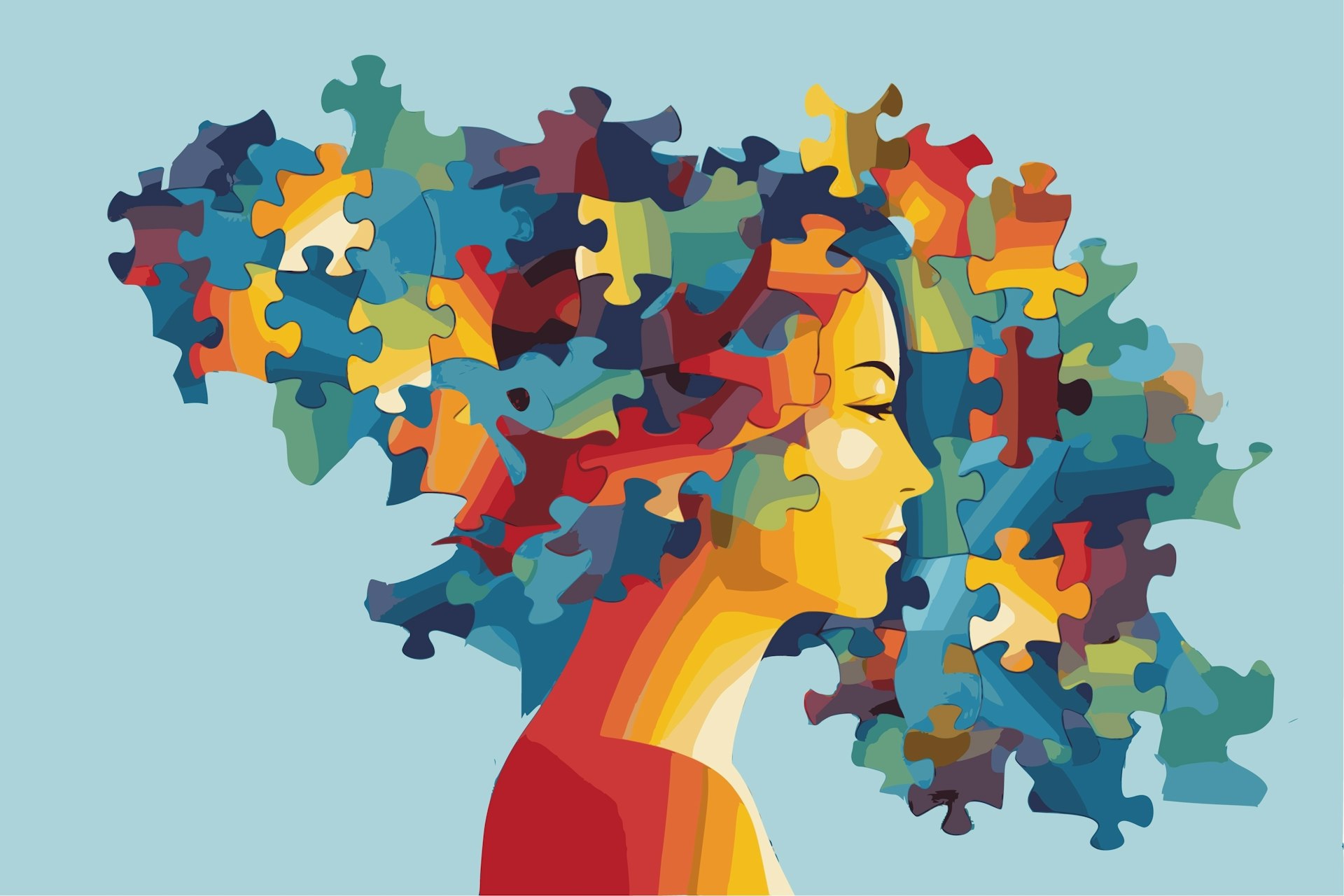
Autism cannot be cured — stop trying
A questionable study into the ‘reversal’ of autism does nothing but reinforce damaging stereotypes and harm, argues autistic author Jodie Hare.
Written by: Jodie Hare
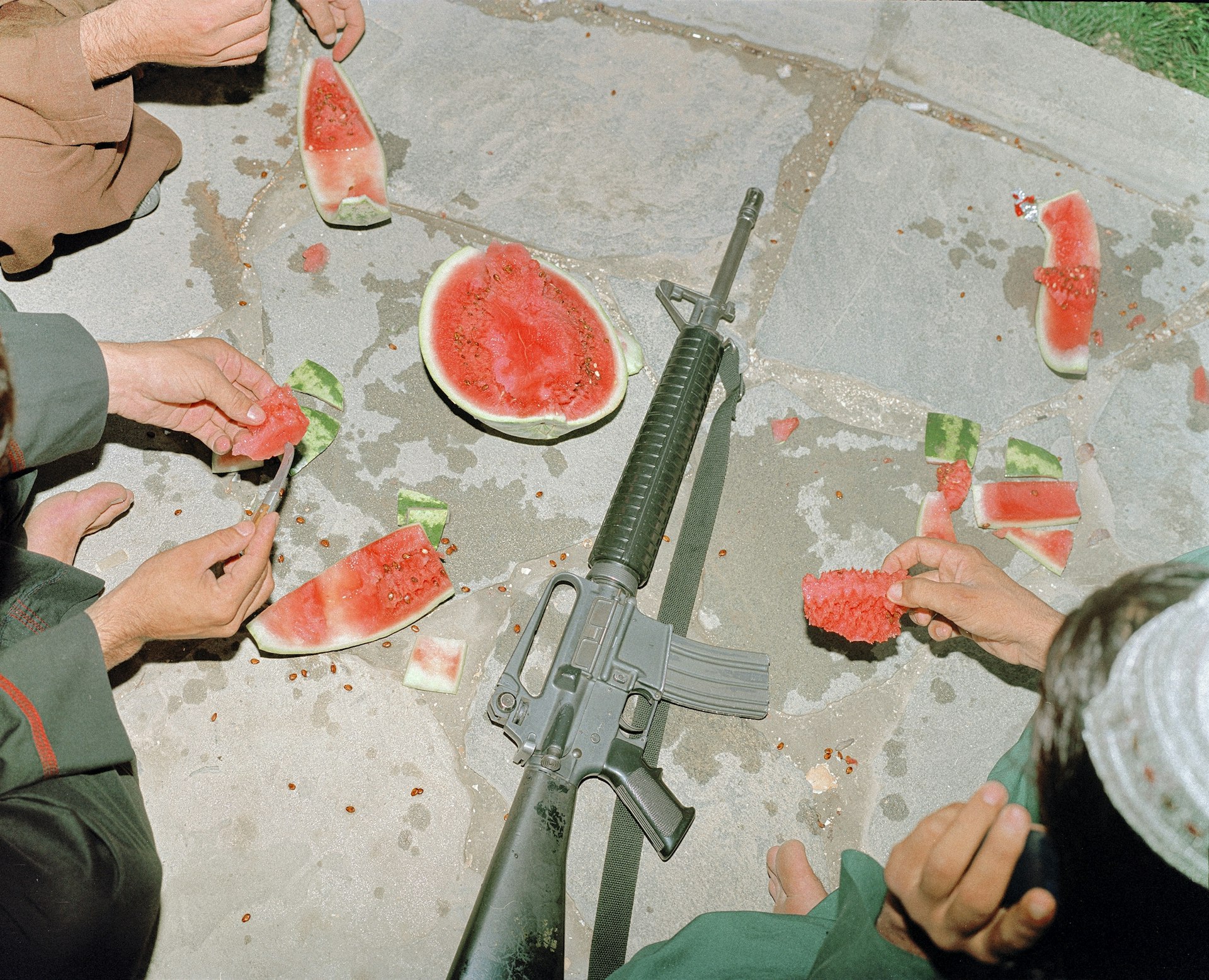
Bristol Photo Festival returns for second edition
After the success of it’s inaugural run, the festival returns this autumn with exhibitions, education and community programmes exploring a world in constant motion through still image.
Written by: Ben Smoke
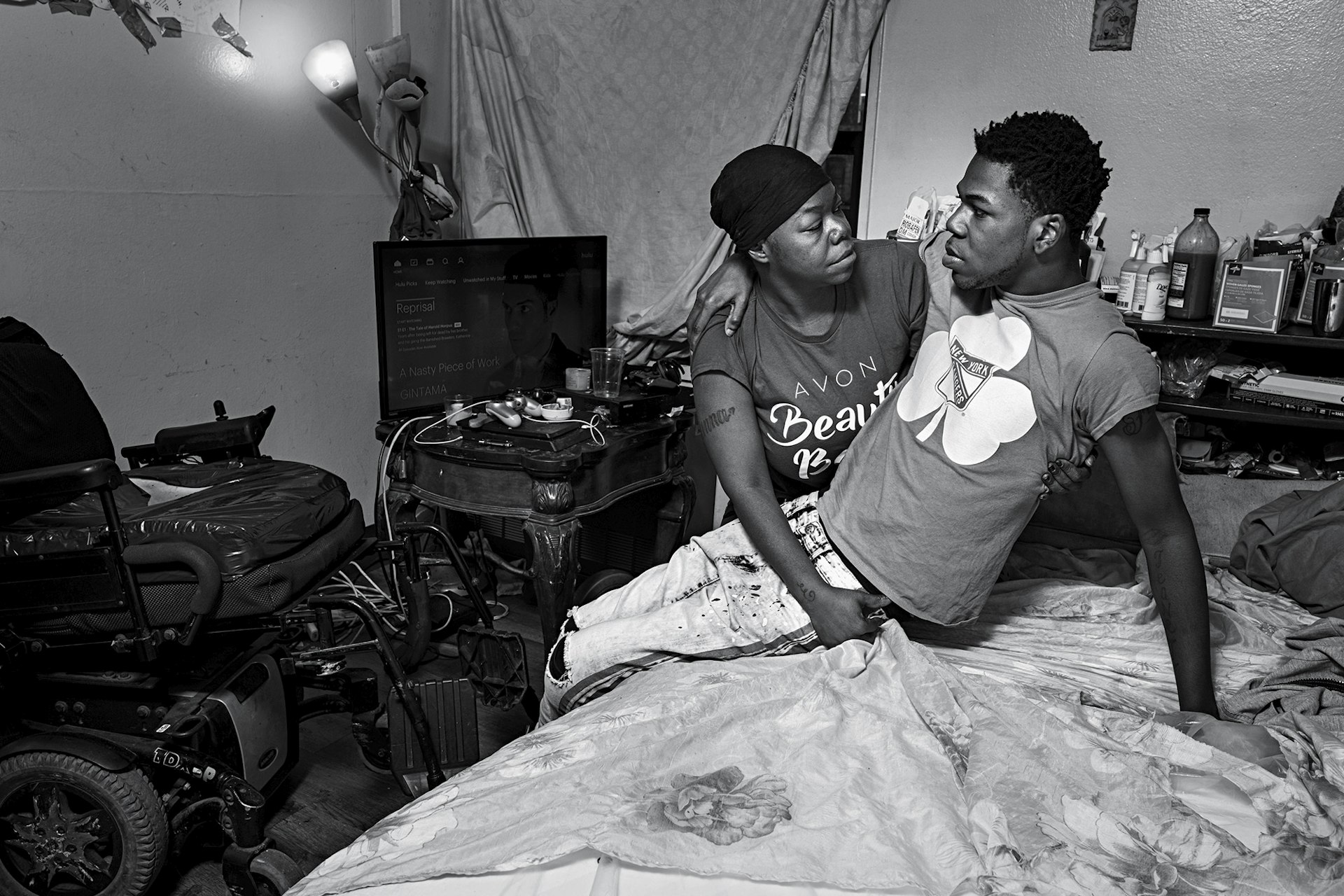
Documenting the life of a New York gang leader paralysed by gun violence
New photobook ‘Say Less’ is a complex yet humanising look into a life wrecked by gun violence and organised crime.
Written by: Isaac Muk
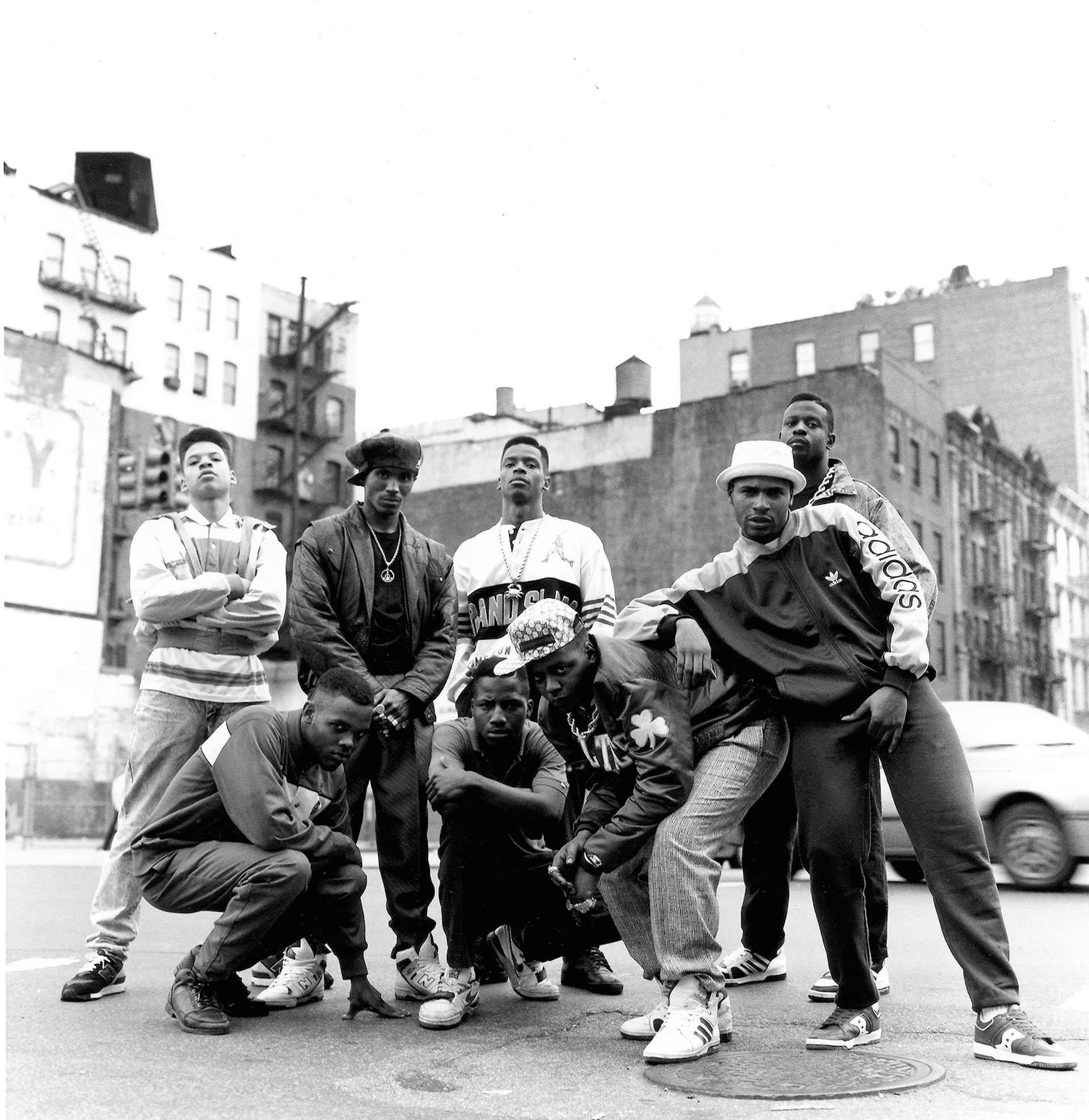
The woman who defined 80s Hip Hop photography
A new exhibition brings together Janette Beckman’s visionary and boundary pushing images of an era of cultural change and moral panic.
Written by: Miss Rosen
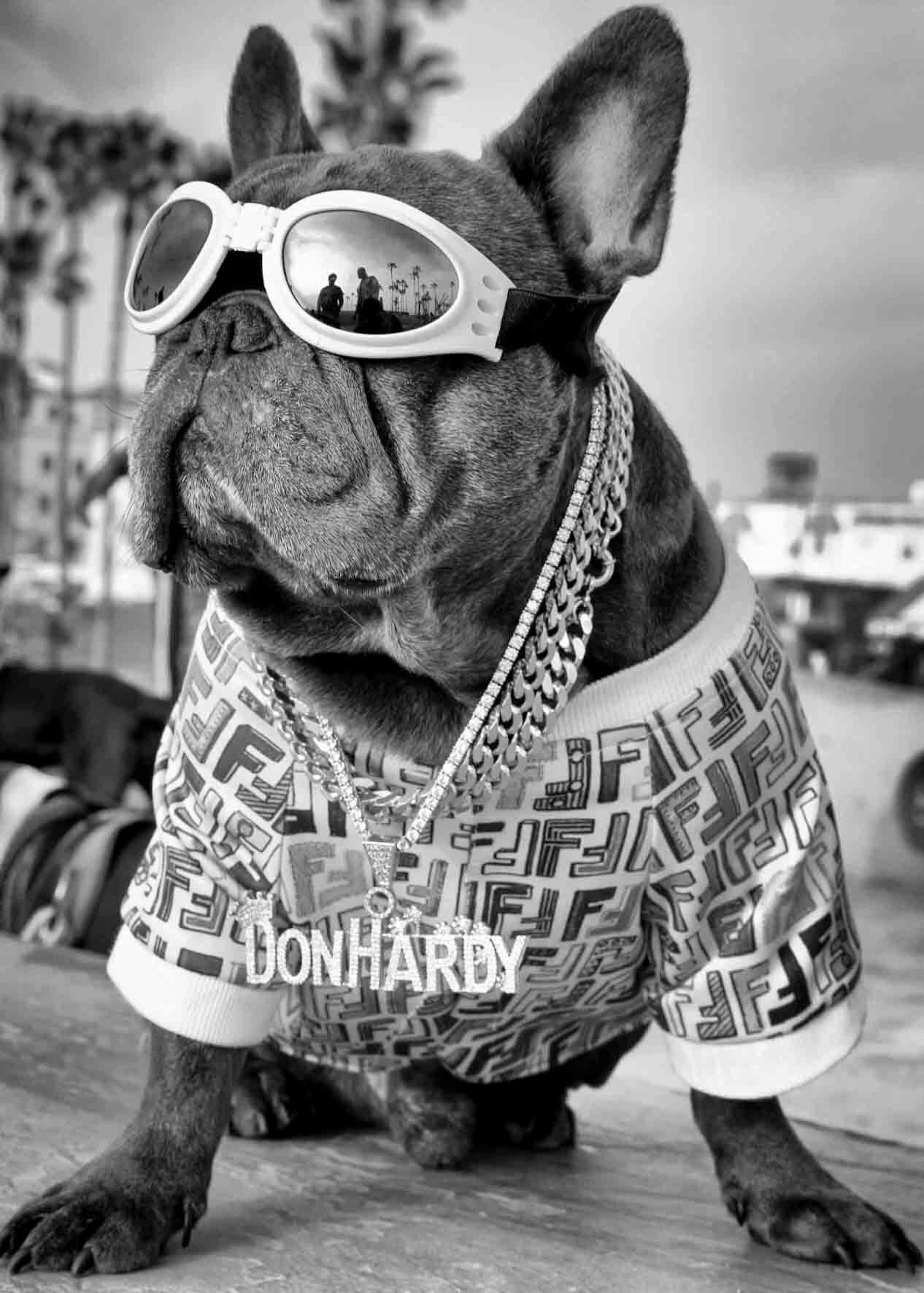
In photos: the dogs of Dogtown
A new photobook documents Venice Beach’s four legged friends and their colourful cast of owners.
Written by: Isaac Muk
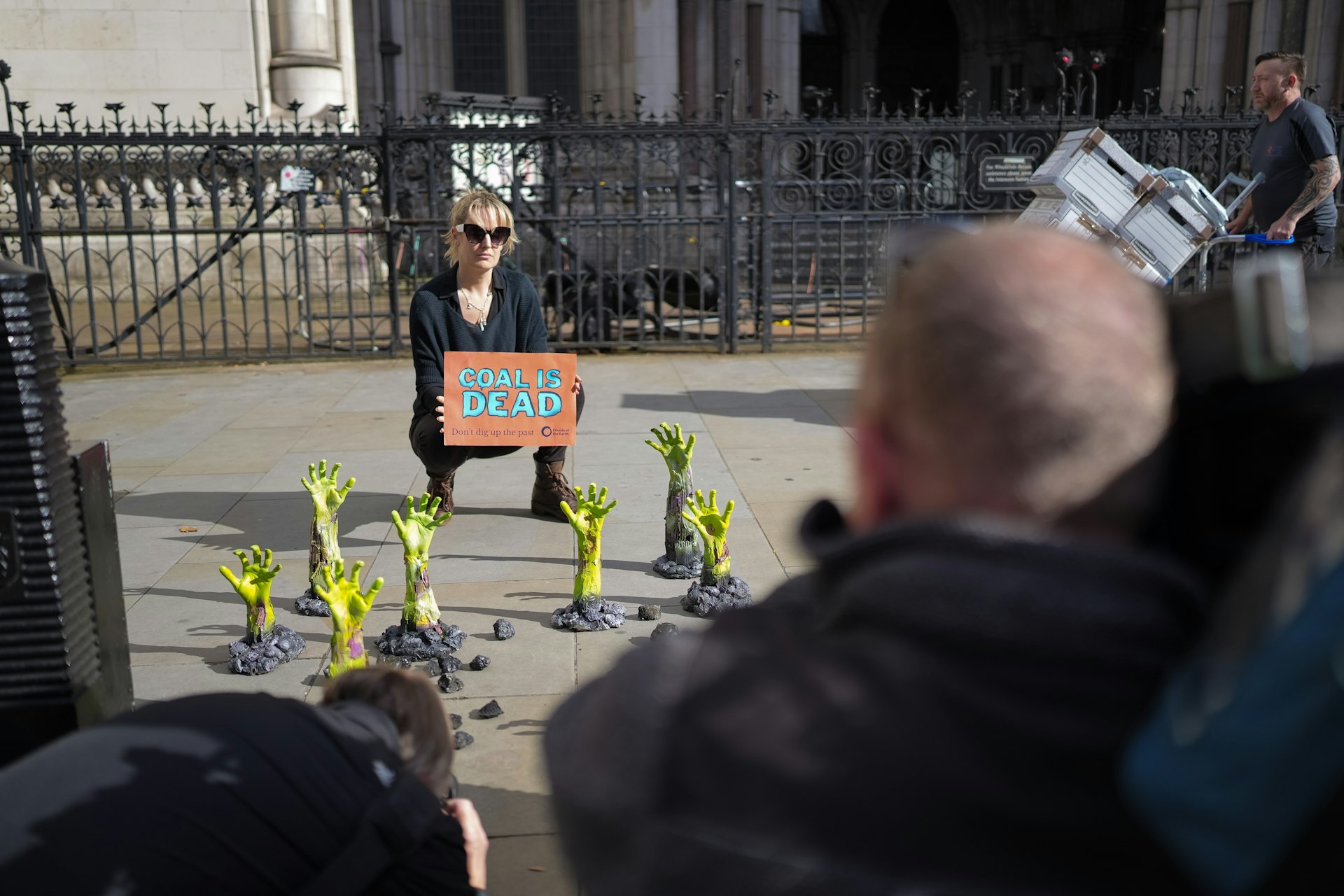
Inside the battle to stop coal
As the legal challenge against Britain’s first deep coal mine in 30 years reaches the High court, we talk to activists at the centre of the fight to stop it.
Written by: Ben Smoke